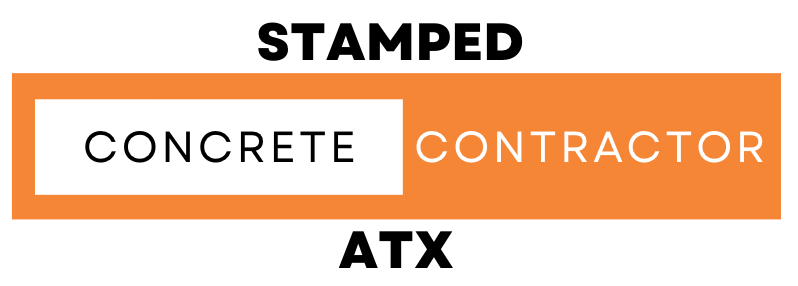Plumbing Contractor – Georgetown, TX
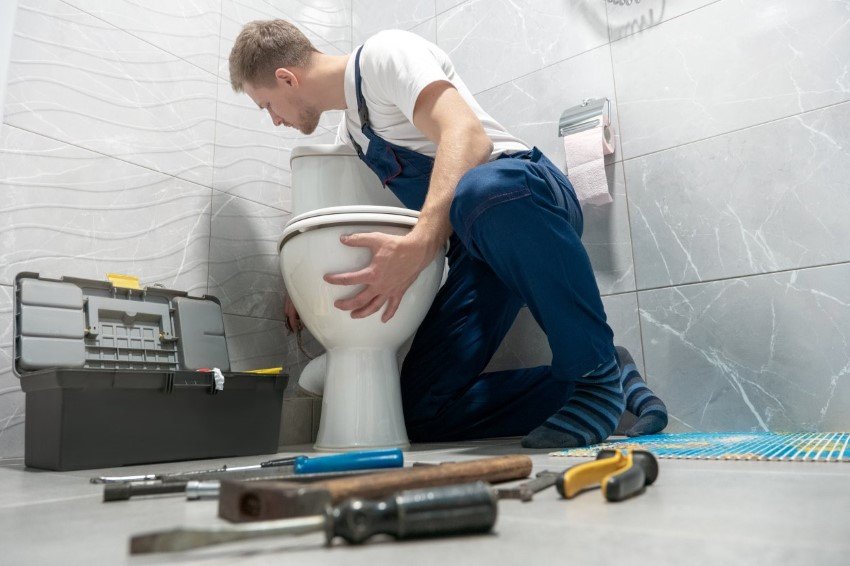
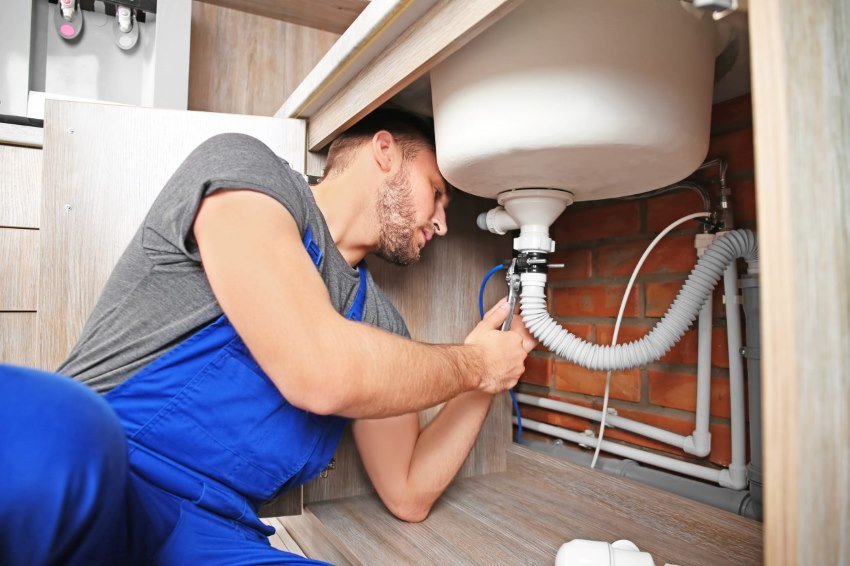
CALL FOR A FREE ESTIMATE
Digital Marketing Strategies for Plumbing Contractors
In today’s digital age, effective online marketing is essential for plumbing contractors to reach new customers, build a strong brand presence, and stay competitive. This topic explores various digital marketing strategies that plumbing contractors can utilize to attract and retain customers. Here’s a detailed guide:
1. Introduction to Digital Marketing for Plumbing Contractors:
– Explain the importance of digital marketing in the plumbing companies near me and how it helps contractors reach a broader audience, generate leads, and grow their business.
– Highlight the shift from traditional marketing methods to online platforms, emphasizing the need for a robust digital presence.
2. Building a Professional Website:
– Discuss the importance of having a user-friendly, responsive website that showcases your services, expertise, and contact information.
– Highlight key elements of an effective plumbing contractor website, such as:
– Service descriptions and specialties
– Customer testimonials and reviews
– Contact forms and call-to-action buttons
– Blog section for plumbing company tips and industry news
– Emphasize the need for mobile optimization to cater to customers using smartphones and tablets.
3. Search Engine Optimization (SEO):
– Explain the role of SEO in improving your website’s visibility on search engines like Google.
– Provide tips on effective SEO strategies for plumbing contractors, including:
– Keyword research: Identifying and targeting relevant keywords that potential customers are searching for.
– On-page SEO: Optimizing website content, meta tags, and images for better search engine ranking.
– Local SEO: Optimizing for local search queries and ensuring your business appears in local search results and Google Maps.
– Link building: Acquiring backlinks from reputable websites to improve domain authority.
4. Pay-Per-Click (PPC) Advertising:
– Describe how PPC advertising works and its benefits for plumbing contractors.
– Discuss the use of Google Ads and other PPC platforms to create targeted ad campaigns that drive traffic to your website.
– Provide tips on creating effective PPC campaigns, such as:
– Writing compelling ad copy
– Selecting the right keywords
– Setting a budget and bid strategy
– Monitoring and optimizing campaign performance
5. Social Media Marketing:
– Highlight the importance of maintaining an active presence on social media platforms like Facebook, Instagram, Twitter, and LinkedIn.
– Discuss strategies for engaging with your audience and promoting your services, such as:
– Sharing informative content, such as plumbing tips and DIY guides
– Posting before-and-after project photos
– Running social media contests and promotions
– Responding to customer inquiries and feedback promptly
6. Content Marketing:
– Explain the benefits of content marketing in establishing your expertise and building trust with potential customers.
– Provide ideas for creating valuable content, such as:
– Blog posts on common plumbing issues and solutions
– Video tutorials and how-to guides
– Infographics on plumbing maintenance tips
– E-books and downloadable resources
7. Email Marketing:
– Discuss the effectiveness of email marketing in nurturing leads and maintaining relationships with existing customers.
– Provide tips on building an email list and creating engaging email campaigns, such as:
– Offering a newsletter with updates and promotions
– Sending personalized follow-up emails after service calls
– Providing exclusive discounts and offers to subscribers
8. Online Reviews and Reputation Management:
– Highlight the importance of online reviews and how they influence potential customers’ decisions.
– Discuss strategies for encouraging satisfied customers to leave positive reviews on platforms like Google My Business, Yelp, and Angie’s List.
– Provide tips on managing your online reputation, such as:
– Responding to reviews promptly and professionally
– Addressing negative feedback constructively
– Showcasing positive testimonials on your website and social media.
9. Analytics and Performance Tracking:
– Emphasize the importance of tracking and analyzing your digital marketing efforts to measure success and identify areas for improvement.
– Discuss tools and metrics for monitoring website traffic, SEO performance, PPC campaigns, social media engagement, and email marketing results.
– Provide tips on using analytics to refine and optimize your marketing strategies.
10. Conclusion:
– Summarize the key digital marketing strategies discussed and their importance in helping plumbing contractors reach and engage with customers online.
– Encourage plumbing contractors to implement these strategies consistently and adapt to changing trends and technologies to stay ahead in the competitive market.
By leveraging these digital marketing strategies, plumbing contractors can enhance their online presence, attract more customers, and grow their business effectively.
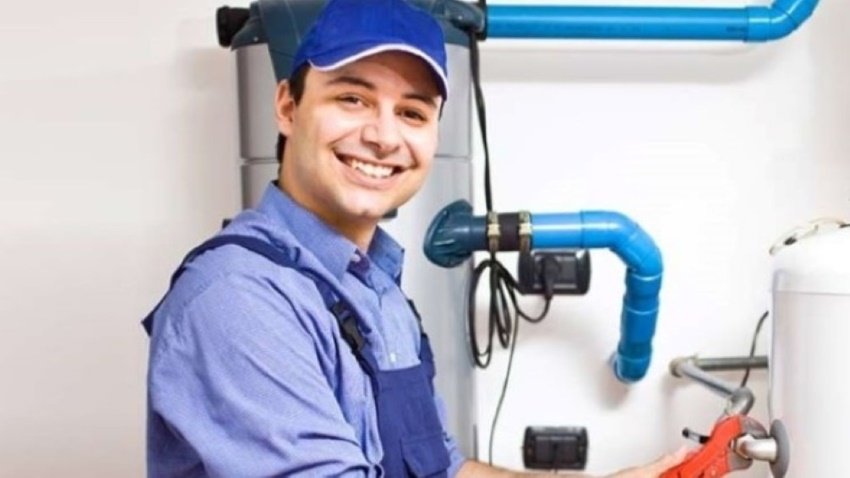
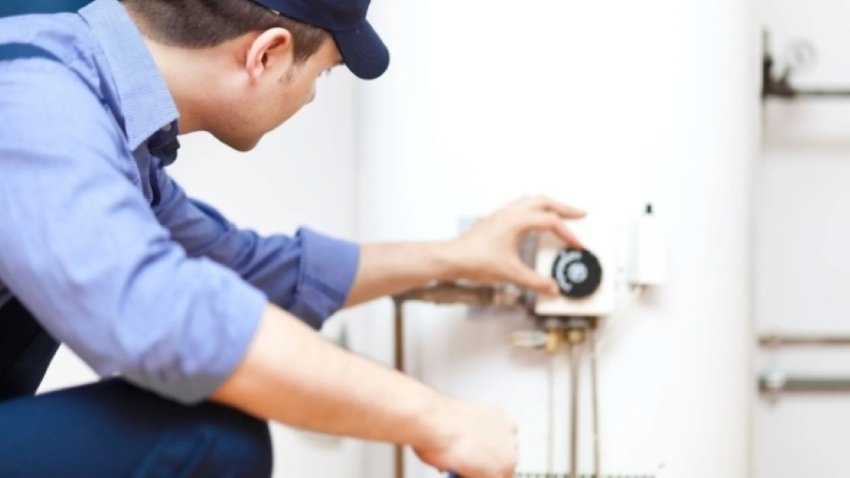
Plumbing Contractor Safety Protocols
Ensuring workplace safety and compliance is crucial for plumbing contractors to protect their employees, clients, and business operations. This topic explores the essential safety protocols that plumbing contractors should implement to maintain a safe working environment and adhere to regulatory standards. Here’s a comprehensive guide:
1. Introduction to Safety Protocols in Plumbing:
– Explain the importance of workplace safety in the plumbing industry, highlighting the risks and hazards associated with plumbing work.
– Emphasize the legal and ethical responsibilities of plumbing contractors to ensure the safety of their employees and clients.
2. Understanding Regulatory Requirements:
– Discuss the key regulatory bodies and standards governing workplace safety in the plumbing industry, such as OSHA (Occupational Safety and Health Administration) in the United States.
– Outline the primary safety regulations and compliance requirements that plumbing contractors must adhere to, including workplace safety standards, hazard communication, and personal protective equipment (PPE) regulations.
3. Developing a Safety Plan:
– Highlight the importance of creating a comprehensive safety plan tailored to the specific needs and risks of plumbing work.
– Discuss the key components of an effective safety plan, such as:
– Risk assessment and hazard identification
– Safety policies and procedures
– Emergency response and evacuation plans
– Training and education programs
– Regular safety audits and inspections
– Emphasize the value of having access to a 24 hour plumber near me to ensure immediate professional assistance during any safety-related incidents or emergencies.
4. Personal Protective Equipment (PPE):
– Explain the importance of providing and enforcing the use of appropriate PPE for plumbing tasks.
– List essential PPE items for plumbers, such as:
– Safety gloves and footwear
– Protective eyewear and face shields
– Respiratory protection (masks and respirators)
– Hard hats and ear protection
– High-visibility clothing and harnesses for elevated work
5. Safety Training and Education:
– Emphasize the need for ongoing safety training and education for all employees to ensure they are aware of potential hazards and know how to mitigate them.
– Discuss various training methods, such as:
– On-the-job training and mentorship programs
– Safety workshops and seminars
– Online courses and certification programs
– Regular safety meetings and toolbox talks
6. Hazard Communication and Documentation:
– Highlight the importance of effective hazard communication to ensure all employees are aware of potential risks and safety procedures.
– Discuss the role of safety data sheets (SDS), labels, and signage in communicating hazards and safe handling practices for chemicals and materials used in plumbing.
– Emphasize the need for accurate and thorough documentation of safety protocols, incident reports, and compliance records.
7. Safe Work Practices:
– Provide an overview of safe work practices specific to plumbing tasks, such as:
– Proper lifting techniques to prevent musculoskeletal injuries
– Safe handling and disposal of hazardous materials
– Procedures for working in confined spaces and trenches
– Electrical safety when working near power sources
– Fire prevention and safety measures
8. Emergency Response and First Aid:
– Discuss the importance of having a well-defined emergency response plan to address accidents, injuries, and other emergencies on the job site.
– Outline key elements of an emergency response plan, such as:
– Designated emergency contacts and communication protocols
– First aid training and availability of first aid kits
– Procedures for reporting and responding to accidents and injuries
– Coordination with local emergency services and medical facilities
9. Regular Safety Audits and Inspections:
– Emphasize the importance of conducting regular safety audits and inspections to identify potential hazards and ensure compliance with safety protocols.
– Discuss the process of conducting safety audits, including:
– Inspecting tools, equipment, and workspaces for safety issues
– Reviewing safety procedures and training programs
– Evaluating employee adherence to safety protocols
– Implementing corrective actions and continuous improvement measures
10. Promoting a Safety Culture:
– Highlight the significance of fostering a safety culture within the plumbing company, where safety is prioritized and integrated into every aspect of operations.
– Discuss strategies for promoting a safety culture, such as:
– Leading by example and demonstrating a commitment to safety at all levels of the organization
– Encouraging employee involvement and feedback in safety initiatives
– Recognizing and rewarding safe behavior and practices
– Creating an open environment where employees feel comfortable reporting safety concerns and incidents.
By implementing and maintaining these safety protocols, plumbing contractors can ensure a safe working environment, reduce the risk of accidents and injuries, and achieve compliance with regulatory standards, ultimately protecting their employees, clients, and business operations.
Plumbing Contractor Licensing: Navigating Regulatory Requirements for Business Operations
Obtaining and maintaining proper licensing is crucial for plumbing contractors to operate legally and ensure compliance with local, state, and federal regulations. This topic explores the essential steps and considerations for navigating the regulatory requirements for plumbing contractor licensing. Here’s a detailed guide:
1. Introduction to Plumbing Contractor Licensing:
– Explain the importance of licensing for plumbing contractors, emphasizing its role in ensuring professionalism, safety, and regulatory compliance.
– Highlight the consequences of operating without a valid license, including legal penalties, fines, and damage to reputation.
2. Understanding Licensing Requirements:
– Discuss the various levels of licensing that may be required for plumbing contractors, including local, state, and federal requirements.
– Explain that licensing requirements vary by location and typically involve meeting specific criteria such as education, experience, and passing exams.
3. Educational and Training Requirements:
– Outline the educational and training prerequisites for obtaining a plumbing contractor license.
– Discuss common pathways, such as completing an accredited plumbing apprenticeship program or earning a degree or certificate in plumbing technology.
– Highlight the importance of ongoing education and training to stay updated on industry standards and advancements.
4. Gaining Relevant Work Experience:
– Emphasize the need for practical work experience as a prerequisite for obtaining a plumbing contractor license.
– Discuss typical experience requirements, such as a certain number of years working under a licensed master plumbers near me or in a journeyman plumber capacity.
5. Passing Licensing Exams:
– Explain the role of licensing exams in assessing the knowledge and competency of plumbing contractors.
– Provide tips for preparing for licensing exams, such as studying relevant codes and regulations, taking practice tests, and attending review courses.
6. Application Process for Licensing:
– Detail the steps involved in applying for a plumbing contractor license, including:
– Completing the required application forms
– Providing proof of education, training, and work experience
– Submitting to background checks and fingerprinting, if required
– Paying application and licensing fees
– Encourage applicants to carefully review the specific requirements and instructions provided by their local licensing authority.
7. Obtaining Insurance and Bonds:
– Discuss the importance of obtaining liability insurance and surety bonds as part of the licensing process.
– Explain that insurance and bonds protect both the contractor and their clients against potential risks and financial losses.
– Provide guidance on the types of insurance coverage needed, such as general liability insurance, workers’ compensation, and professional liability insurance.
8. Renewal and Continuing Education:
– Emphasize the importance of renewing plumbing contractor licenses as required by local regulations, typically on an annual or biennial basis.
– Discuss the continuing education requirements that may be necessary for license renewal, highlighting the need for ongoing professional development to stay current with industry standards and technologies.
9. Compliance with Building Codes and Regulations:
– Explain the necessity of adhering to local building codes and regulations when performing plumbing work.
– Encourage contractors to stay informed about updates and changes to codes and standards to ensure compliance and avoid potential legal issues.
10. Record Keeping and Documentation:
– Highlight the importance of maintaining accurate records and documentation related to licensing, insurance, work performed, and continuing education.
– Discuss best practices for record keeping, such as using digital tools and software to organize and store important documents.
11. Navigating Multi-State Licensing:
– Address the challenges and considerations for plumbing contractors who operate in multiple states or regions.
– Discuss reciprocity agreements and multi-state licensing options that can simplify the process of obtaining licenses in different jurisdictions.
12. Resources and Support:
– Provide a list of resources and organizations that can assist plumbing contractors with licensing, such as:
– State licensing boards and regulatory agencies
– Professional associations like the Plumbing-Heating-Cooling Contractors Association (PHCC)
– Online platforms and courses offering exam preparation and continuing education
– Encourage contractors to seek support and guidance from industry peers, mentors, and legal advisors.
By following these steps and understanding the regulatory requirements for licensing, plumbing contractors can ensure they operate legally, maintain high standards of professionalism, and build a reputable and successful business.
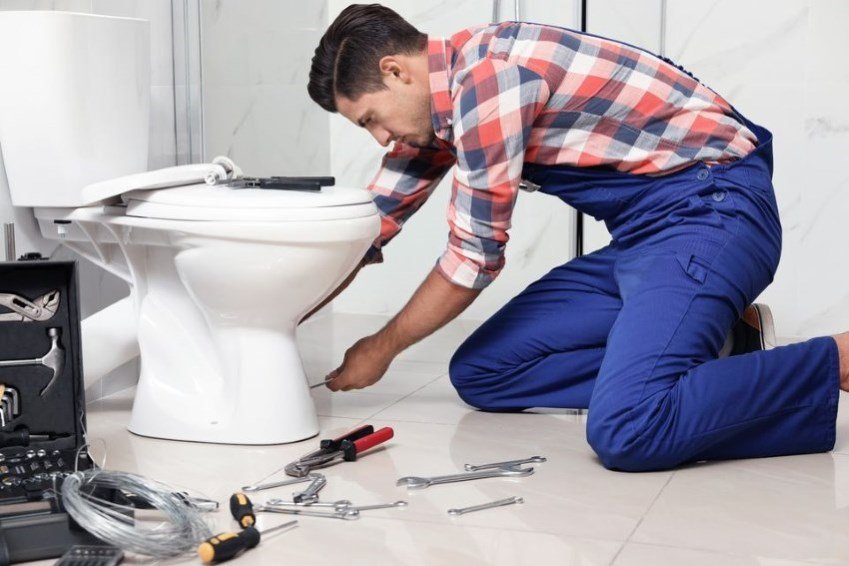
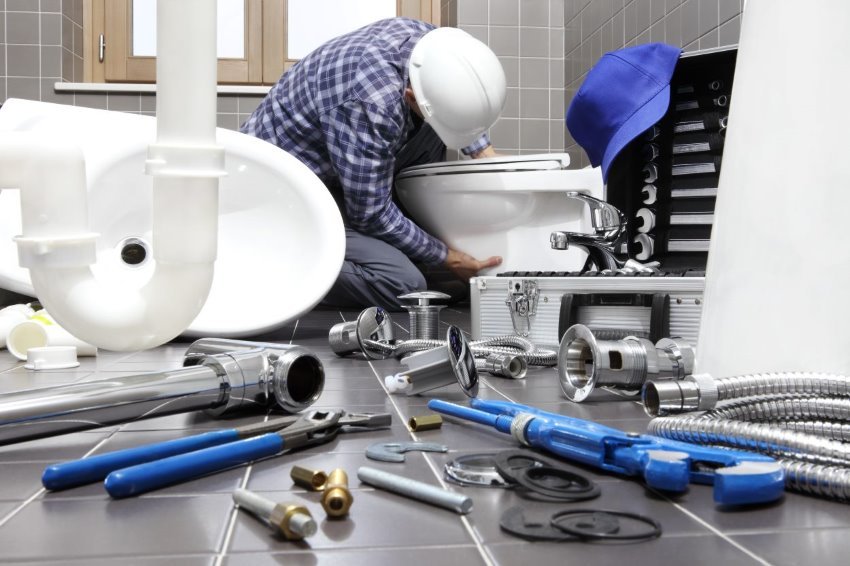
Plumbing Contractor Apprenticeships: Training the Next Generation of Plumbers
Apprenticeships are vital for training the next generation of plumbers close to me, ensuring that they gain the skills, knowledge, and hands-on experience necessary to excel in the field. This topic explores the importance of apprenticeships, the structure of apprenticeship programs, and the benefits for both apprentices and plumbing contractors. Here’s a comprehensive guide:
1. Introduction to Plumbing Apprenticeships:
– Define what a plumbing apprenticeship entails, highlighting the combination of on-the-job training and classroom instruction.
– Explain the importance of apprenticeships in maintaining high standards of professionalism, safety, and expertise within the plumbing industry.
2. The Importance of Apprenticeships:
– Discuss the role of apprenticeships in addressing the skills gap and labor shortages in the plumbing industry.
– Highlight how apprenticeships provide a structured pathway for aspiring plumbers to gain practical experience while earning a wage.
3. Components of a Plumbing Apprenticeship Program:
– Outline the key components of a typical plumbing apprenticeship program, including:
– On-the-job training: Practical, hands-on experience working under the supervision of licensed plumbers and contractors.
– Classroom instruction: Theoretical education covering plumbing codes, regulations, safety protocols, and technical skills.
– Mentorship: Guidance and support from experienced professionals to help apprentices develop their skills and confidence.
4. Duration and Structure of Apprenticeship Programs:
– Explain the typical duration of plumbing apprenticeship programs, which usually range from 3 to 5 years.
– Describe the structured progression of apprenticeships, from entry-level tasks to more complex and independent work as apprentices advance through the program.
5. Benefits of Apprenticeships for Apprentices:
– Discuss the various benefits for apprentices, including:
– Gaining practical, hands-on experience in real-world settings
– Earning a salary while learning and avoiding student debt
– Acquiring a comprehensive understanding of plumbing systems, tools, and techniques
– Building a network of industry contacts and mentors
– Increasing employability and career advancement opportunities
6. Benefits of Apprenticeships for Plumbing Contractors:
– Highlight the advantages for plumbing contractors who offer apprenticeship programs, such as:
– Access to a pipeline of skilled and motivated workers
– The ability to train apprentices according to company standards and practices
– Increased productivity and efficiency through a well-trained workforce
– Enhancing the company’s reputation and commitment to workforce development
– Potential tax credits and incentives for participating in registered apprenticeship programs
7. Establishing an Apprenticeship Program:
– Provide guidance for plumbing contractors on how to establish a successful apprenticeship program, including:
– Partnering with local trade schools, community colleges, and industry associations
– Registering the apprenticeship program with relevant authorities, such as the U.S. Department of Labor’s Office of Apprenticeship or state apprenticeship agencies
– Developing a structured curriculum that balances on-the-job training and classroom instruction
– Setting clear expectations and performance metrics for apprentices
8. Mentorship and Support:
– Emphasize the importance of mentorship in apprenticeship programs, encouraging experienced plumbers to take on mentoring roles.
– Discuss best practices for effective mentorship, such as providing regular feedback, setting achievable goals, and fostering a supportive learning environment.
9. Funding and Financial Support:
– Explore available funding and financial support options for apprenticeship programs, including:
– Grants and subsidies from government agencies and industry organizations
– Employer-sponsored tuition reimbursement programs
– Scholarships and financial aid for apprentices
10. Continuing Education and Career Advancement:
– Highlight the opportunities for continuing education and career advancement after completing an apprenticeship, such as:
– Pursuing advanced certifications and licenses, like journeyman or master plumber status
– Enrolling in specialized training programs for areas such as green plumbing, pipefitting, or HVAC
– Exploring opportunities for career growth in supervisory, managerial, or entrepreneurial roles
11. Success Stories and Case Studies:
– Share success stories and case studies of individuals who have completed plumbing apprenticeships and achieved successful careers in the industry.
– Provide examples of companies that have benefited from implementing apprenticeship programs and the positive impact on their business.
12. Conclusion:
– Summarize the key points discussed, emphasizing the critical role of apprenticeships in training the next generation of plumbers.
– Encourage plumbing contractors to invest in apprenticeship programs as a means of fostering industry growth, ensuring high standards of workmanship, and supporting workforce development.
By implementing and supporting robust apprenticeship programs, plumbing contractors can contribute to the development of skilled tradespeople, ensure the longevity of the plumbing industry, and create a legacy of excellence and professionalism.
Schedule A Free Estimate
Reach Us
Stamped Concrete Contractor ATX
Austin TX
(512) 877-2721
